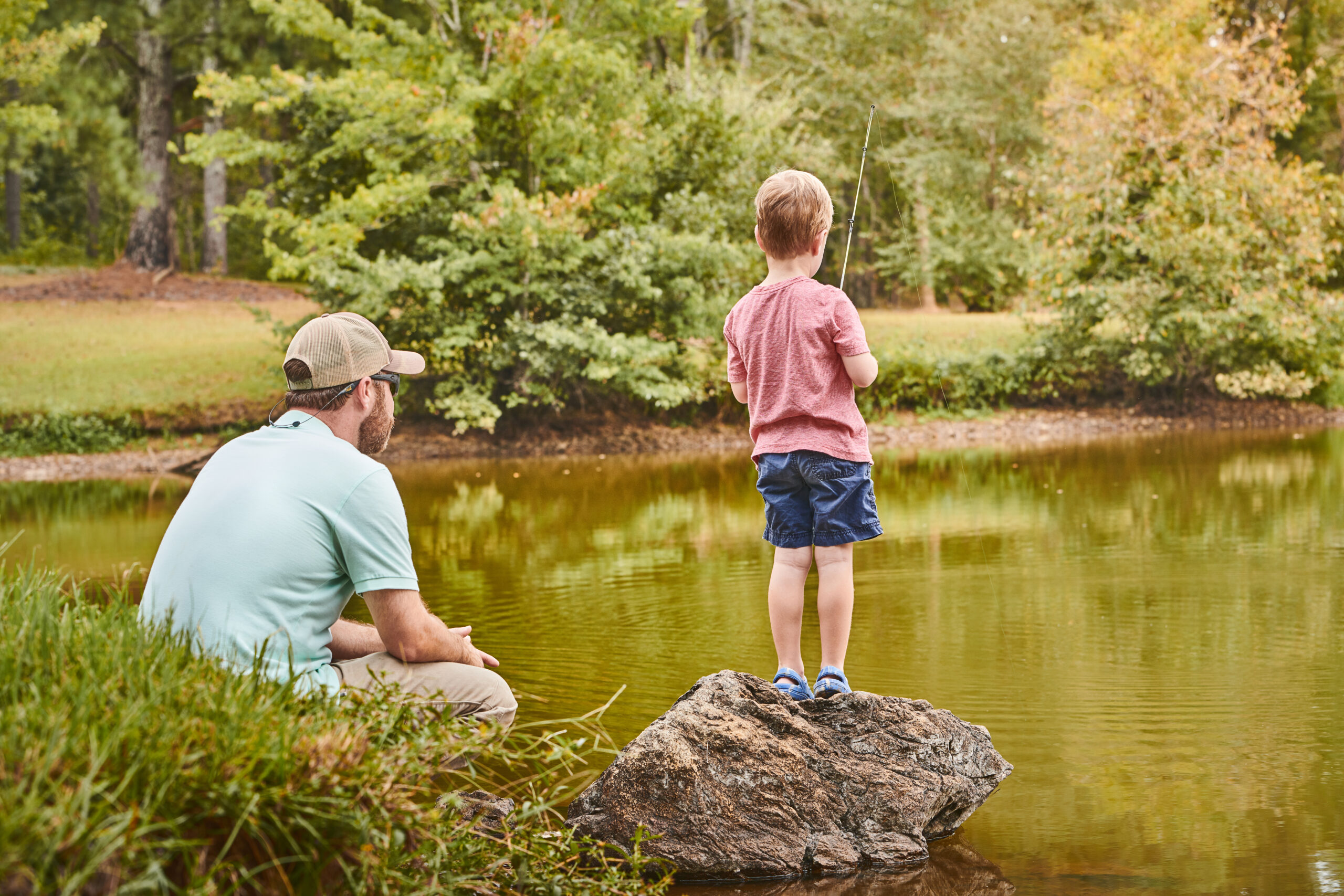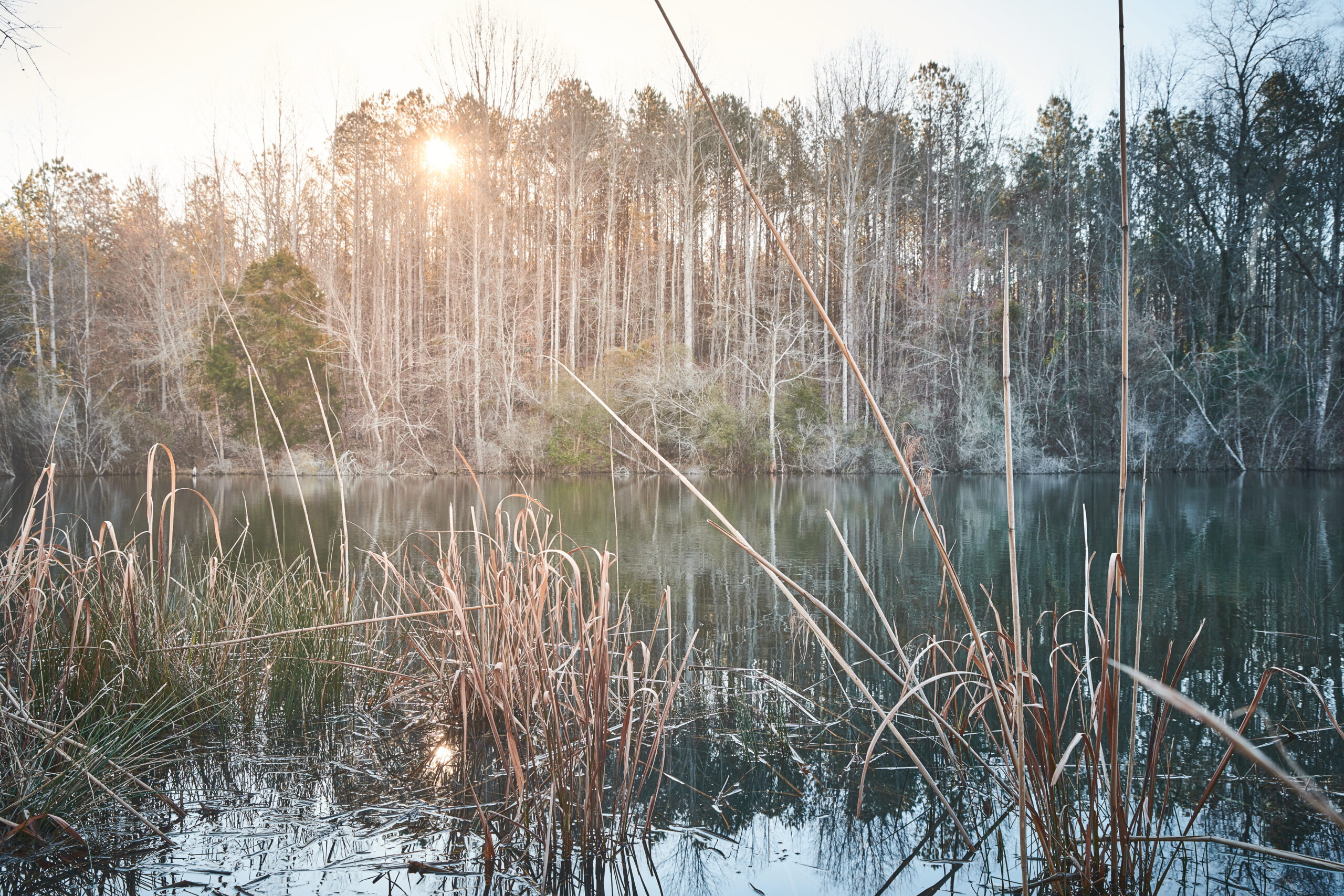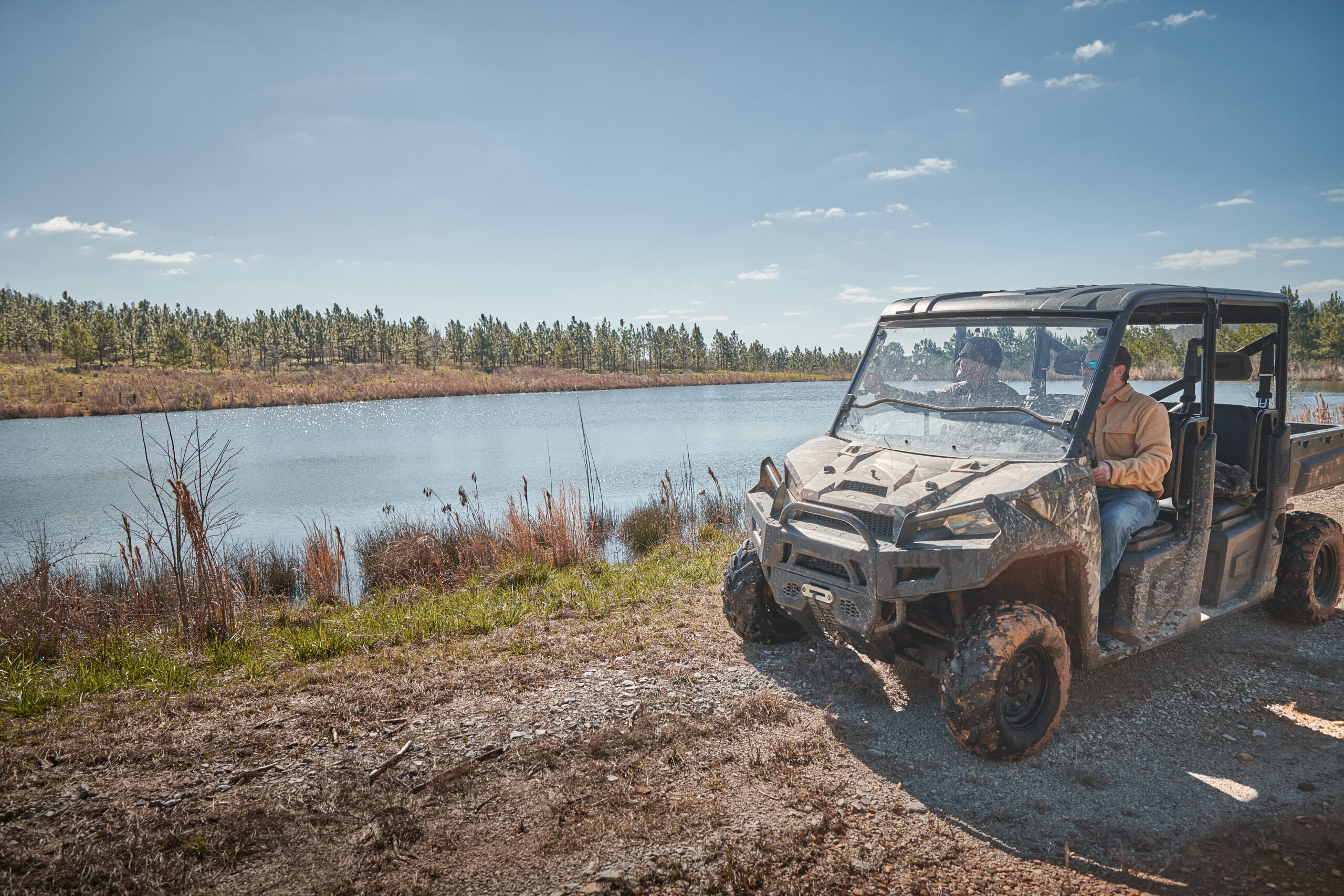It’s no secret largemouth bass will eat just about anything they can get in their mouths. One thing they won’t eat is vegetation, and that’s why supplemental feeding programs and proper forage stocking will be the key to keeping your bass populations healthy and heavy for seasons to come. Generally an acre of pond can support about 500 bluegill and 50 largemouth bass. With the proper supplemental feeding program it’s possible to support twice that in the same acre. Water health should always be appraised before attempting to figure out a feeding program. If the pH is extreme, oxygen too low, or any number of water-related issues are present you may not be able to support the phytoplanktons and forage plants needed to support the ecosystem that bass rely on. A slight green color is a good indicator that these important foundations to the food chain are present in your pond. Basically, if you see things growing in there already it’s a good sign, but barren ponds might need more extreme steps or even professional assistance to recover. While crystal clear water might look nice, it might also suggest a lack of nutrients and phytoplanktons. Whether you’re starting with a freshly constructed pond or trying to reclaim an old one there are a few ways to get an idea of what’s going on underneath. Angling is always an option, but it’s never going to give you a complete picture of what’s going on underneath the waterline. It relies on the skill of the fisherman and a lot of luck to get even a semi-accurate picture of the pond’s health and population. If you are already catching fish that can be a good sign, but what kind of fish can be just as important. Electrofishing is going to be the only way to get solid numbers to base your feeding program around. Electrofishing is also a delicate operation that can potentially harm your pond and the creatures that live there irreparably, and it’s never recommended to attempt without professional assistance or lots of research first. Don’t be afraid to reach out to your local pond management company for this step. They’re also far more familiar with local water quality and how it behaves. Maybe you have largemouth bass present, but they don’t seem to be getting past a certain weight, or there are too few to catch consistently. Look for other predator species present like catfish and spotted bass. Some of these other predator fish compete fiercely for food, and can even disrupt the spawning cycles of largemouth bass. Black and white crappies often spawn right before juvenile bass and can completely prevent them from maturing if their numbers are high enough. While a few catfish aren’t going to wipe out your bass population, they may reduce the forage mass to where the largemouth become stunted or slow down their spawn rates.



Forage is the key to the long term growth of the bass. We mentioned earlier that bass don’t eat grass, but the fish they do eat tend to love grass, and love to hide in it. That’s why if you’re trying to cultivate trophy largemouths you need to focus on making your pond just as inviting to their preferred forage, bluegills and shad. Both of these fish represent an important link between the upper and lower parts of the food chain. They’re also a big part of a supplemental feeding plan, helping introduce additional biomass through cheaper and easier feed solutions. Generally it takes about 10lbs of forage fish to equal 1lb of predator fish mass. This means you’re going to need a lot of forage. But therein lies more potential problems, where an overstocking of shad can lead to an overabundance of mature shad that are too large for smaller bass to eat. It’s rare for prey fish to overwhelm predators in a pond, but it’s possible due to shad’s tendency to slow down their spawn rates when overcrowded. Overtime, there’s just nothing for the developing bass to eat. This is just to say you don’t want to go start throwing fish pellets randomly in your pond, as it could have unintended consequences. But once you have an idea of the species present, you can begin to bolster the low populations to try and achieve an overall healthier and more productive pond. Feeding programs can also include fertilizing the phytoplanktons with supplemental nutrients, approaching the problem from the bottom up. Forage fish must also be conditioned to feed off the actual pellets and that can take time. One way to get around this issue is to purchase forage fish to stock that have already been pellet trained. Once they’ve become accustomed to the timing and pellets, feeding your fish can become an enjoyable activity for you and your family, or simply automated through a fish feeding device depending on your preference. There’s one more step if you end up successful in your feeding program. Introducing additional mass into an ecosystem will inevitably result in an excess, and that excess means harvest is required. In a controlled setting this often means harvesting smaller bass, rather than the catch and release situation you see in public fishing spots. This just keeps competition down for your growing trophy bass. Don’t be afraid to call in specialists in this area, and don’t engage in heavy feeding programs without being well-informed about the pond you’re trying to work with. If you’ve moved even a modest distance, water conditions can be dramatically different to what you were used to previously. Disastrous algae blooms, predator fish collapse, and other negative outcomes are all possible if you’re not approaching supplemental feeding with good information.
No Comments